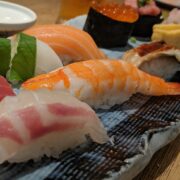Why New York Times featured Morioka? A Japanese journalist set out on a journey to find out why.
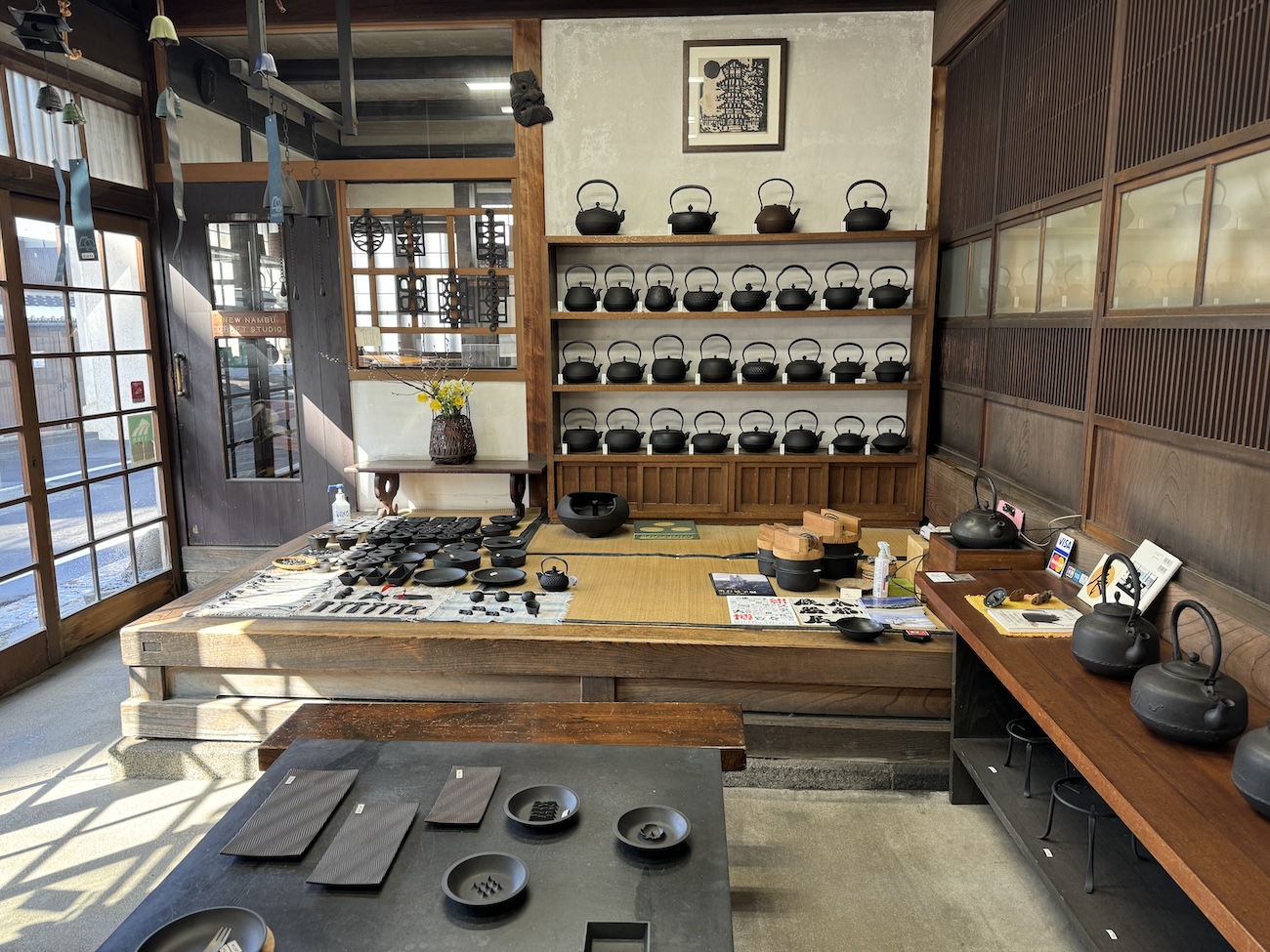
It came as a surprising piece of news to many Japanese when Morioka secured the No. 2 spot on the New York Times’ 2023 list of 52 Places to Go.
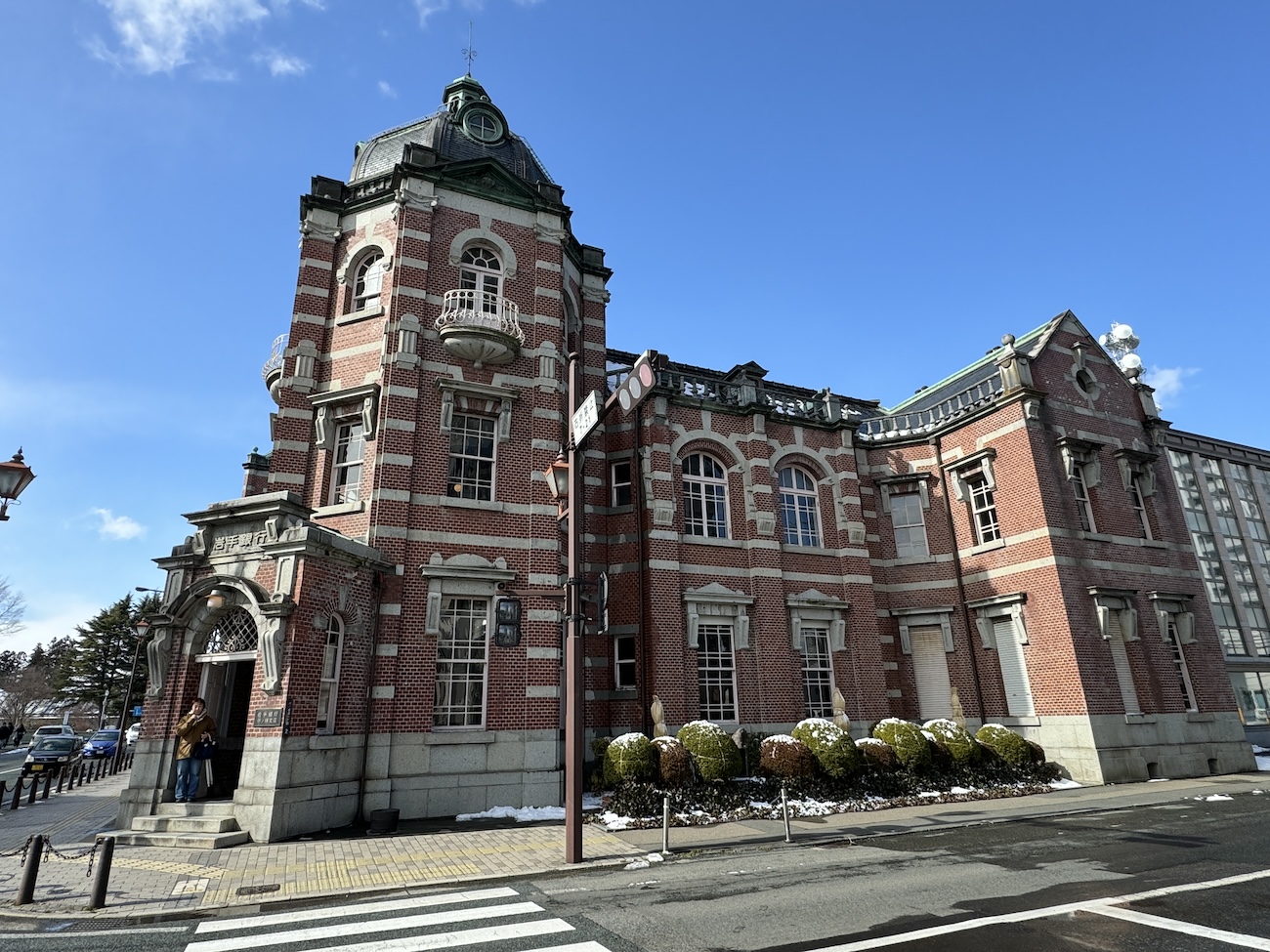
“Why Morioka?” was a question echoed not just by me, but by many Japanese.
Morioka, nestled in the scenic Tohoku Region, is a charming small city. Yet, it hasn’t been a top destination for Japanese tourists, lacking the plethora of historical landmarks like castles or traditional Japanese wooden architecture from the Edo period.
Instead, Morioka boasts a collection of western-style buildings. This architectural choice traces back to the involvement of notable architects during the Meiji era who contributed to the town planning and construction. However, this may not hold the same allure for European and American travelers.
For Japanese tourists, the allure of Morioka lies in several cherished activities:
Capturing moments against the backdrop of its western-style architecture, offering a taste of foreign exploration.
Indulging in the culinary delights of the “Three Great Noodles of Morioka”: Wanko Soba, Reimen, and Jajamen.
Embarking on a journey through the city’s handicraft shops, where traditional crafts like Nanbu ironware and Morioka inkstones await discovery.
However, the New York Times chose to highlight not these experiences, but rather the city’s modest size.
They celebrated Morioka as a compact urban oasis, perfect for leisurely strolls and unwinding—an endorsement echoed by a passionate journalist advocating for Morioka’s charm.
As I became aware of the differences in sensitivity between Japanese and foreigners, I found it intriguing. This realization prompted me to embark on journeys, seeking to ascertain whether I, as a Japanese person, could experience the same sensations.
Very affordable lodging options are still readily available in Morioka.
Upon arrival, I secured a room at the recently inaugurated “Richmond Hotel Moriokaekimae” conveniently situated opposite Morioka Station.
To my surprise, the rate for two guests was ¥12,800 (approximately $83/€76) per night. The room exuded cleanliness and was stocked generously with complimentary amenities including shampoo, cosmetics, toothpaste, and even facial packs.
Moreover, the hotel boasted a ground-floor convenience store offering delectable rice balls, packed lunches, and confections at reasonable prices.
Despite the recent surge in tourism across Kyoto and Tokyo driving accommodation costs to exorbitant levels, Morioka remains largely unaffected. This realization brought me immense relief.
A taxi driver told me what happened in Morioka after “New York Times” .
I took a taxi to have lunch from the station. I asked the driver, “Are many foreign tourists coming to Morioka?” He chuckled and replied, “Not so many at the moment. However, they often choose to explore Morioka on foot, considering it a delightful city for strolling. Hence, encounters with them for me are relatively infrequent. The New York Times article was not a great boon for taxi drivers, ha-ha.”
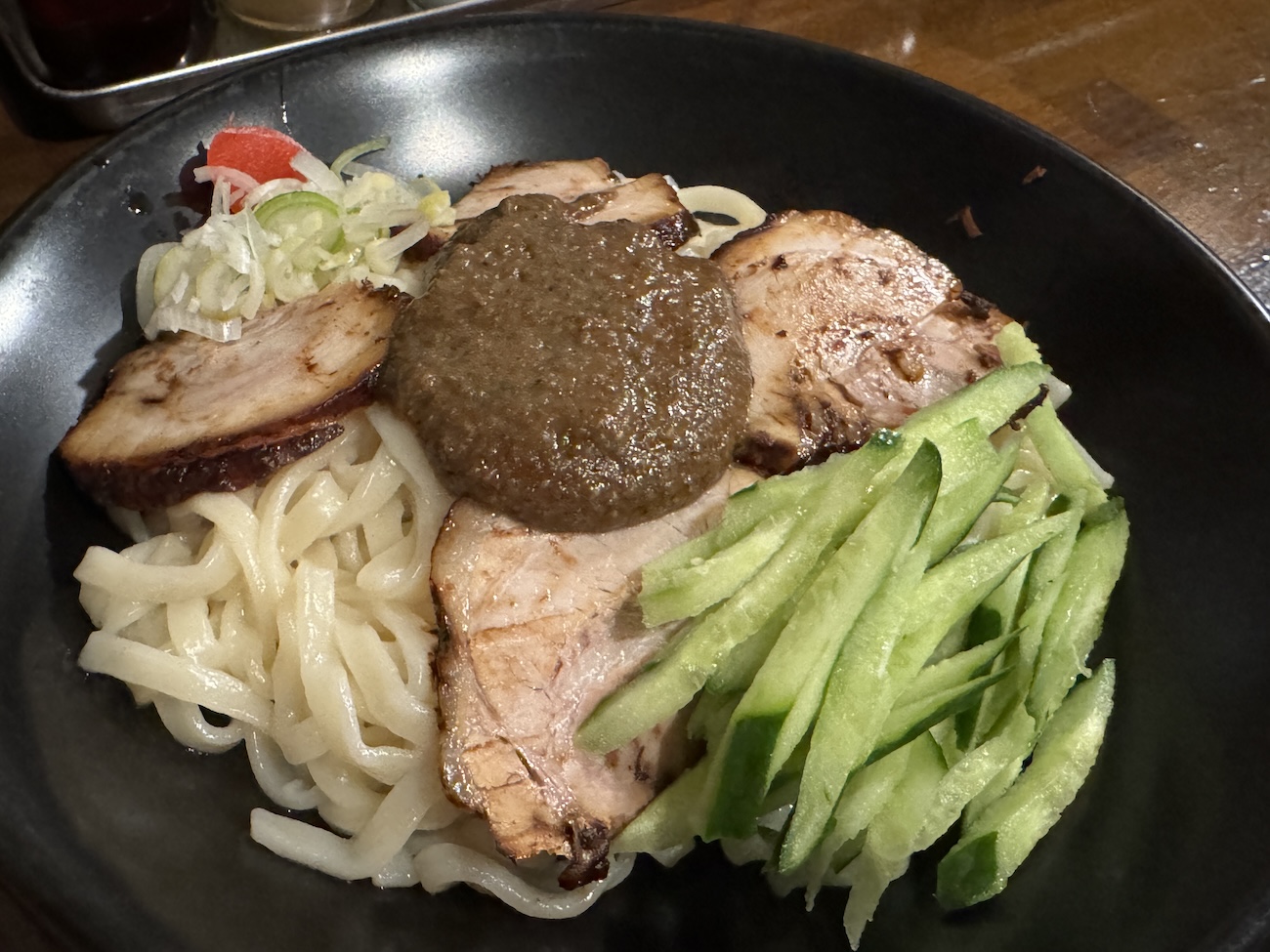
Contrary to the common perception that people in the Tohoku region are reserved and reticent, I found the residents to be remarkably articulate and adept at conversing with strangers. This unexpected discovery added an intriguing dimension to my travel experience in Morioka.
During my three-day journey, I encountered few Western visitors in Morioka.
Upon my visit to Morioka in March 2024, it appeared that the buzz from the New York Times had already waned.
The tourist scene was predominantly Japanese, with Western travelers being a rare sight.
The only encounter with tourists from a Western country was at a quaint Izakaya.
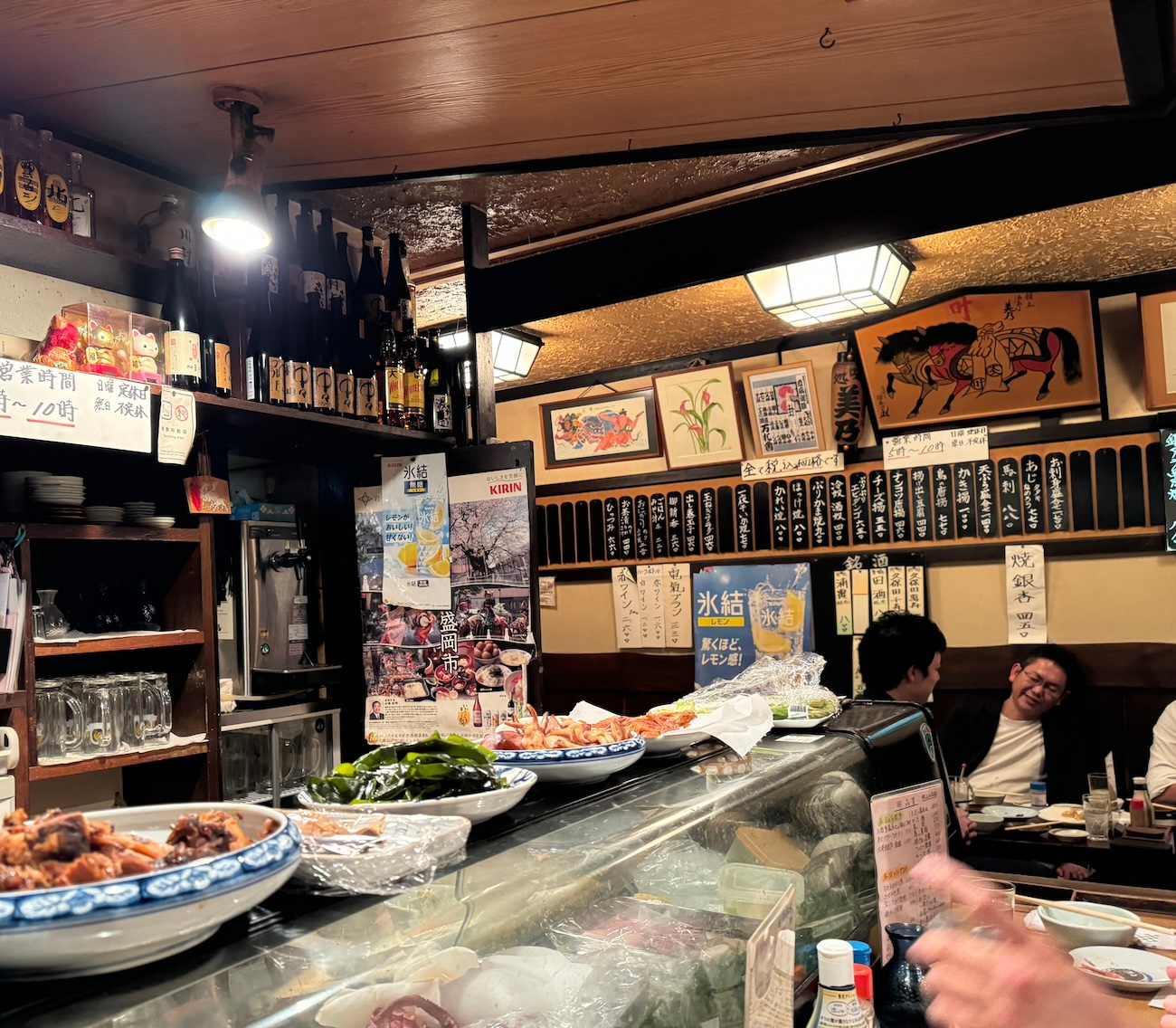
However, the language barrier proved formidable as the staff couldn’t communicate in English, leading to our regretful exclusion from the establishment. This incident left me pondering Morioka’s limited readiness to accommodate international visitors, feeling its size and local infrastructure were somewhat inadequate.
Nonetheless, Morioka remains a hidden gem in Japan’s northern region, offering delightful experiences for domestic travelers. Its appeal lies in its culinary delights at reasonable prices, exquisite crafts for purchase, and the opportunity to savor fine Sake at Izakayas. However, it’s evident that Morioka poses challenges for foreign tourists, highlighting the need for enhanced accessibility and support for international visitors.
If you’re up for more than just strolling through the city and want to dive into Morioka like a Japanese tourist, I would introduce you to the perfect spot you should visit.
- Kogensha Map
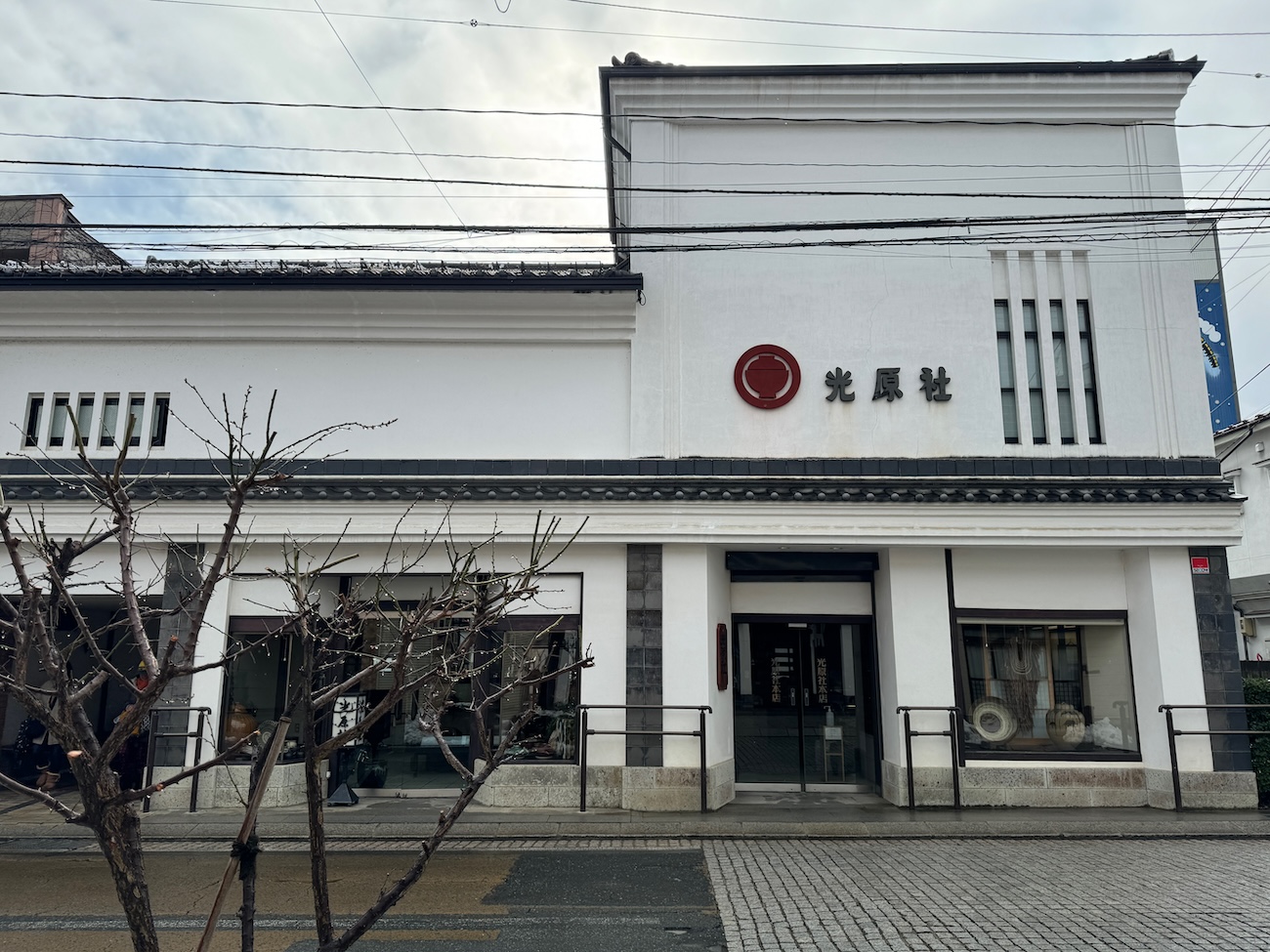
KOGENSHA in Morioka is more than just a folk-crafts store. It’s a collection of charming buildings housing a coffee shop, gallery, and store, all surrounding a picturesque courtyard. If you want to buy some MINGEI items, here is the best place.
2. KAMASADA Map

KAMASADA is a brand producing an iron kettle called “Nanbu Tekki”. (It is a great article to know what Kamasada is.).
Strolling down the street where Kamasada sits, you’ll find a delightful array of shops, perfect for a spot of shopping hopping.
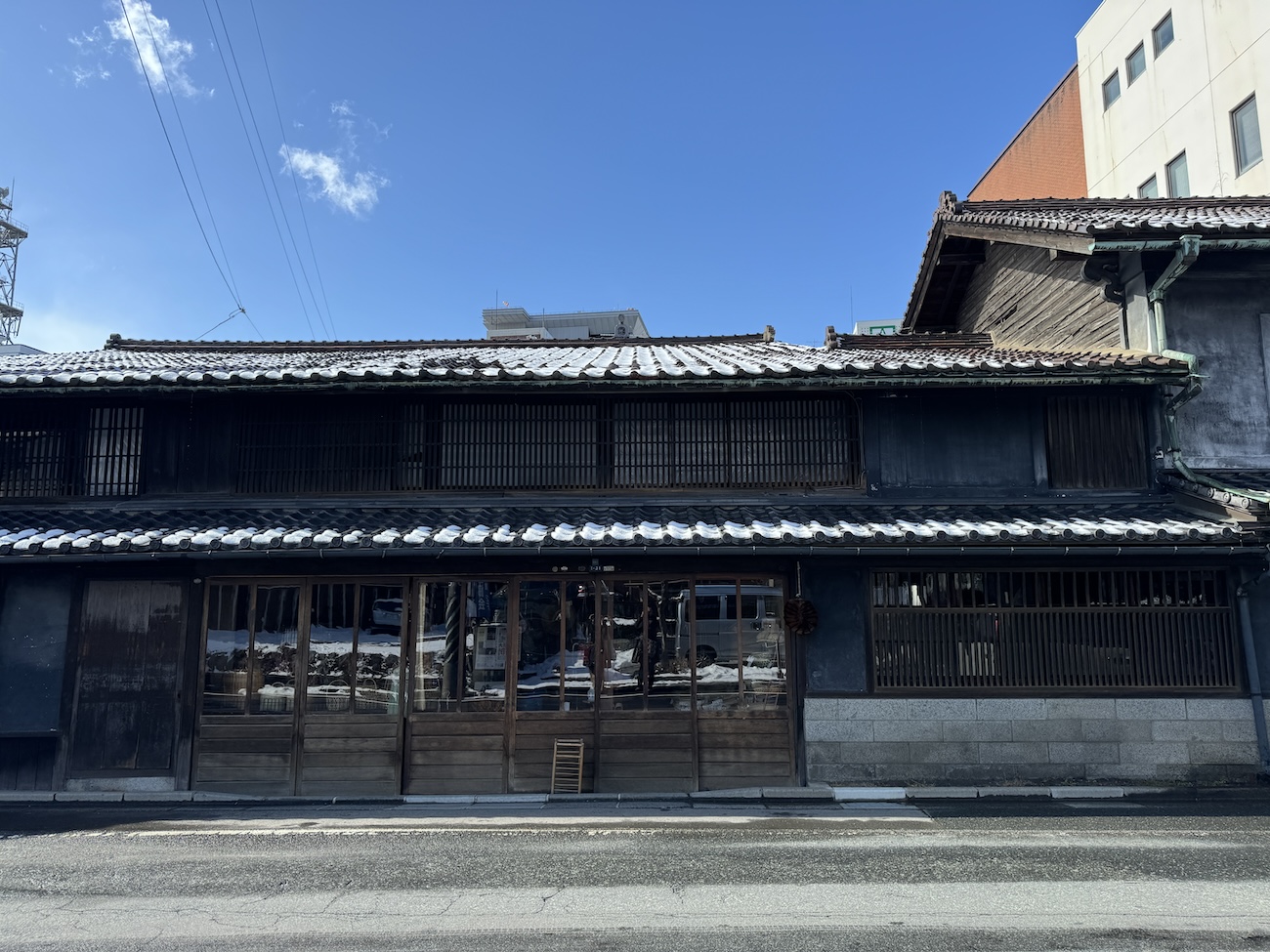
3. Yakiniku Restaurant Yonai map
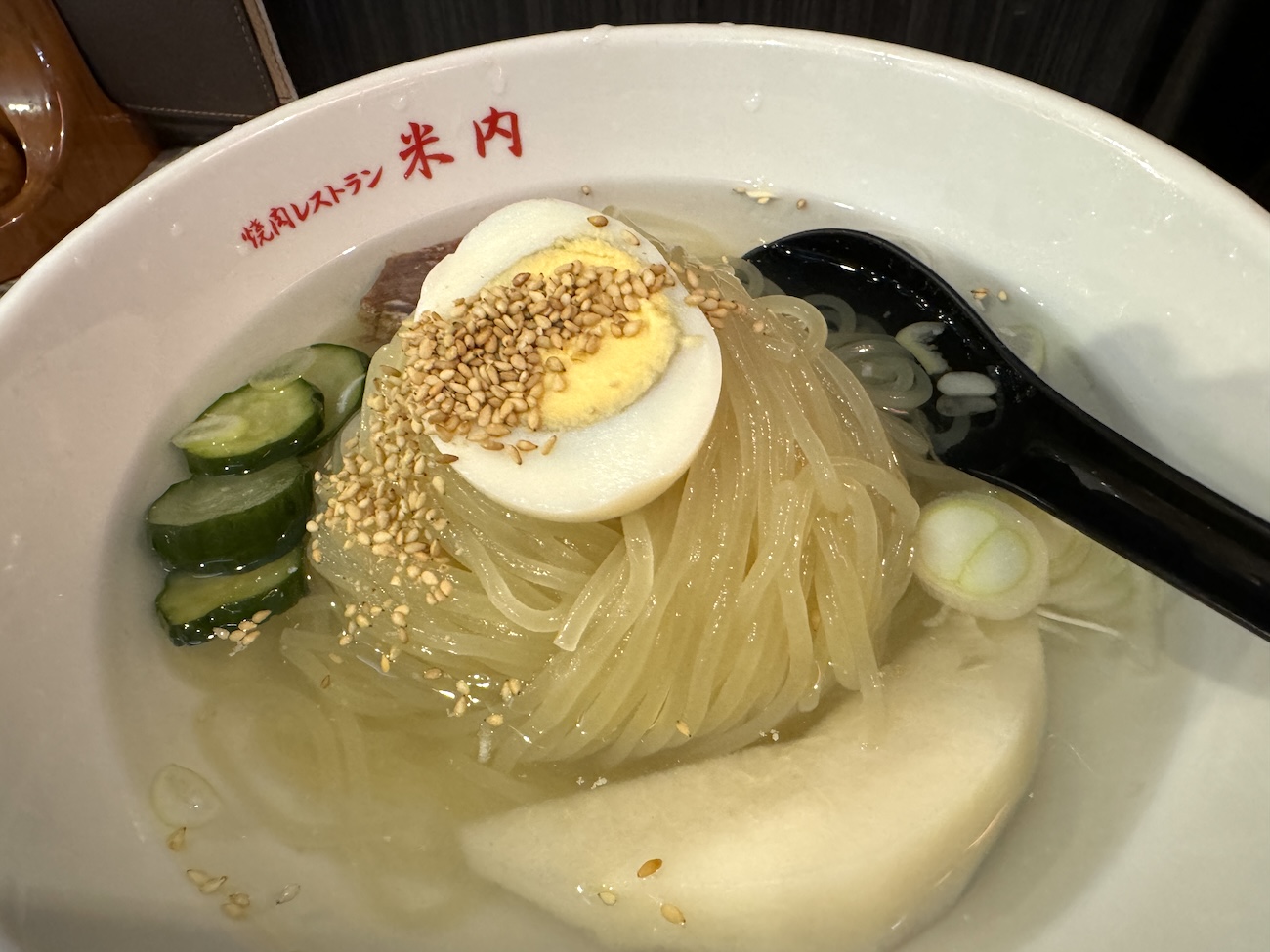
Indulge in Reimen, a beloved member of Morioka’s ‘Three Great Noodles’. And don’t miss out on Yakiniku, a local specialty of Iwate, renowned for its dairy farming. At this joint, you can savor both delights in one sitting. Just a heads up: be ready to queue up, as this spot is a local favorite!
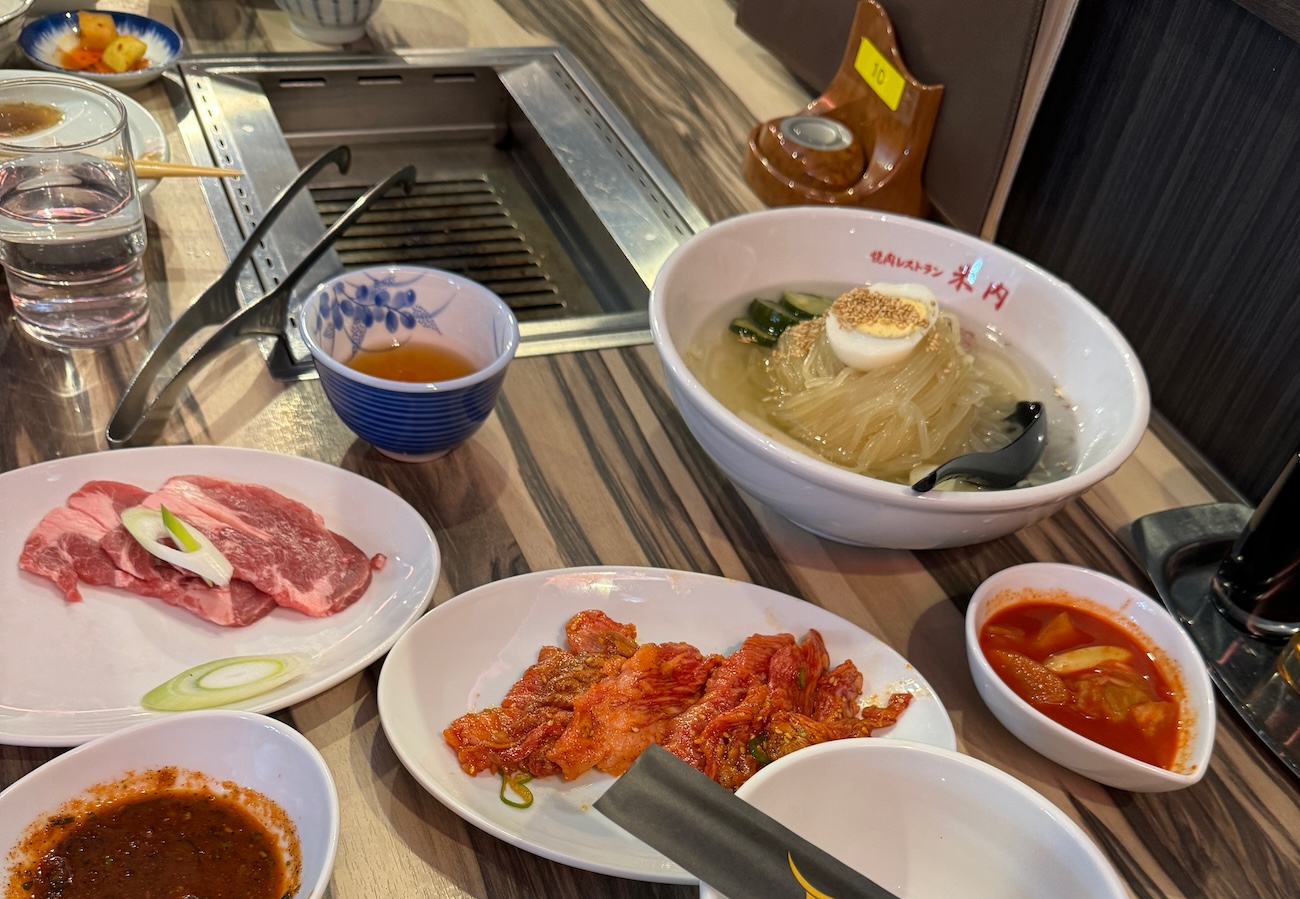
4. Morioka Tenmangu Shrine Map
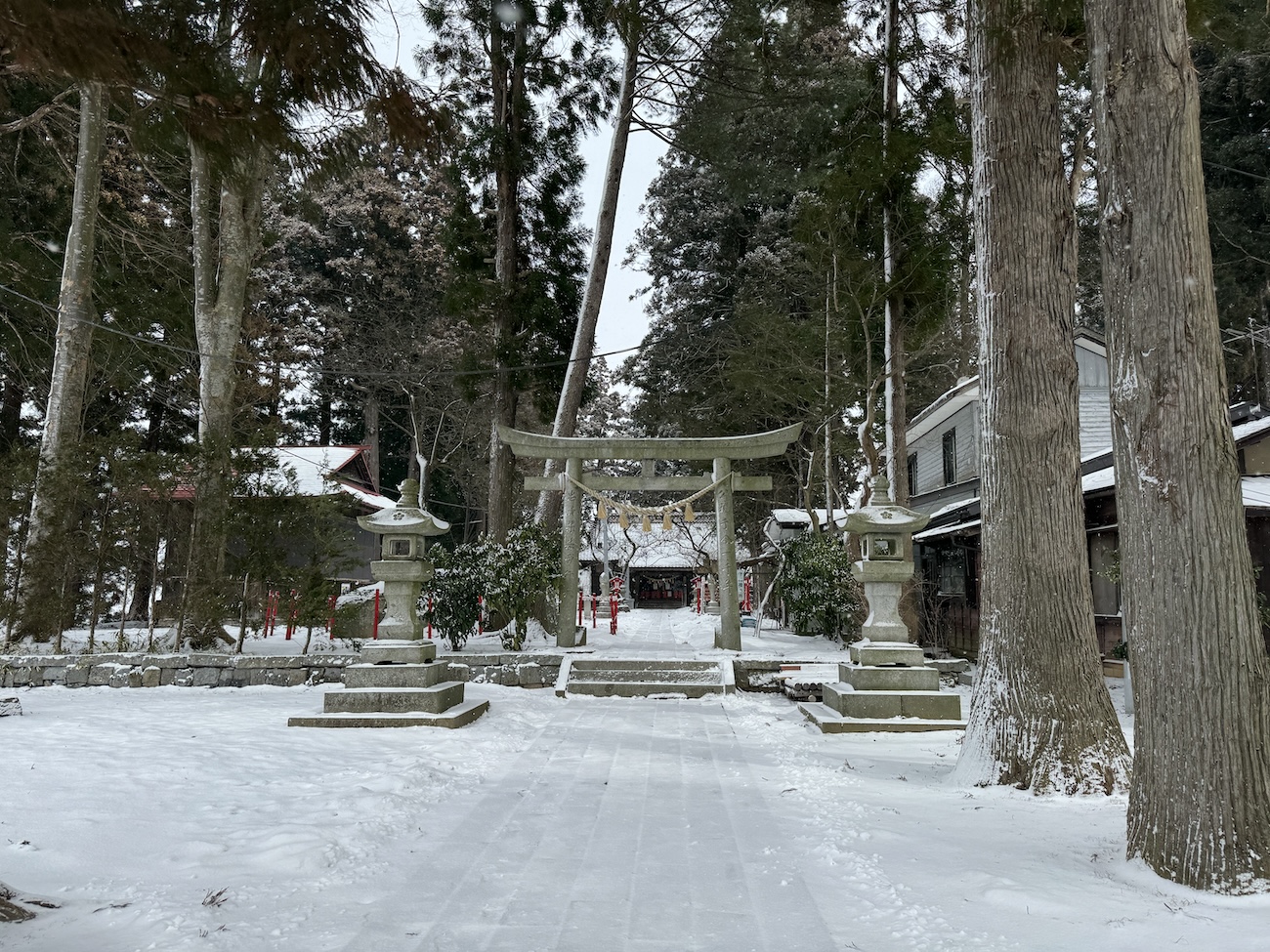
This shrine is famous among Japanese literature fans because one of the renowned poets, Takuboku Ishikawa, used to stroll around here. He had a particular fondness for the guardian dog with a comical face.
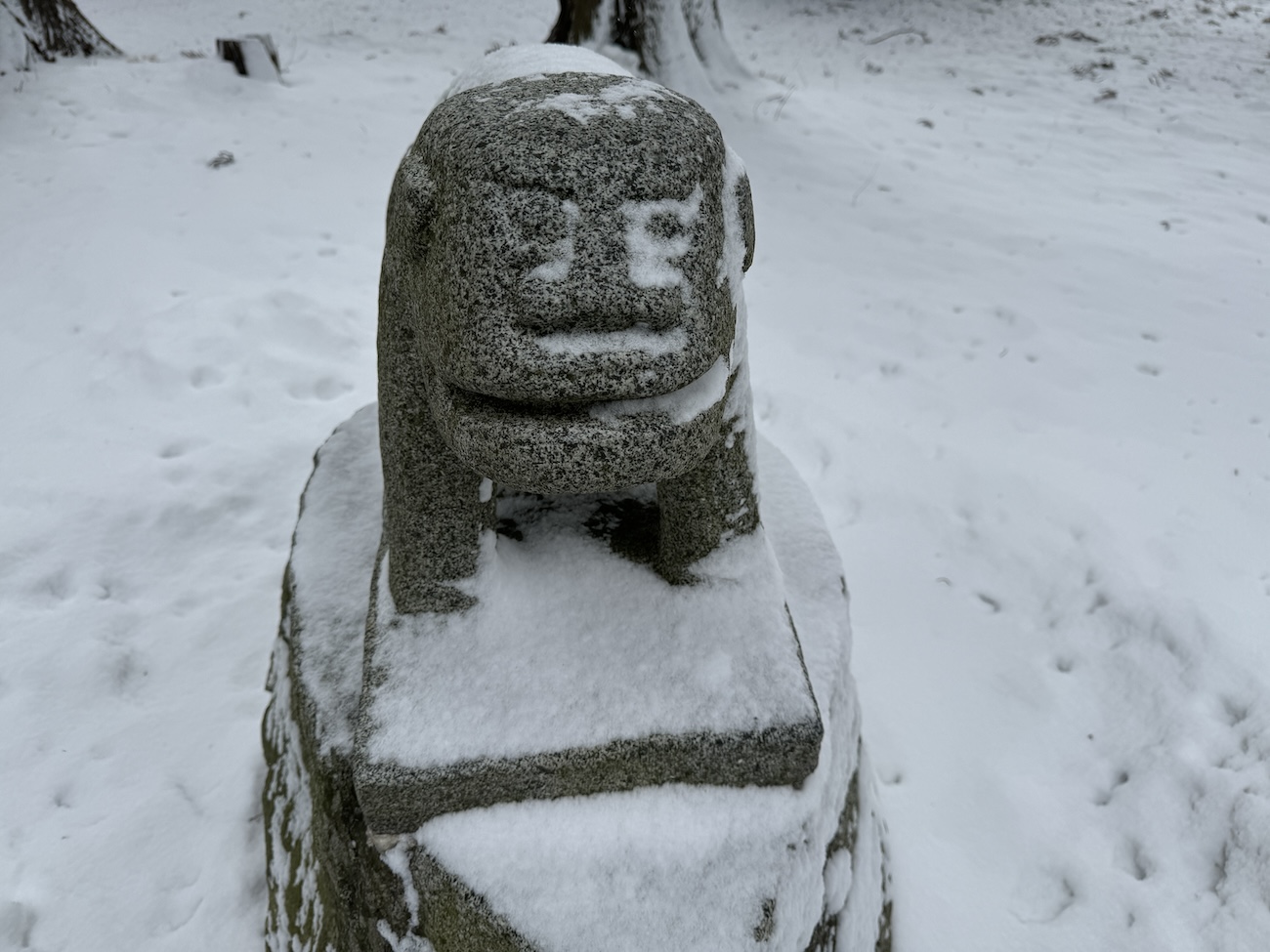
5. Due Mani Map
Is it strange to savor Italian cuisine in Japan? Not at all. In fact, it’s an intriguing fusion of culinary cultures.
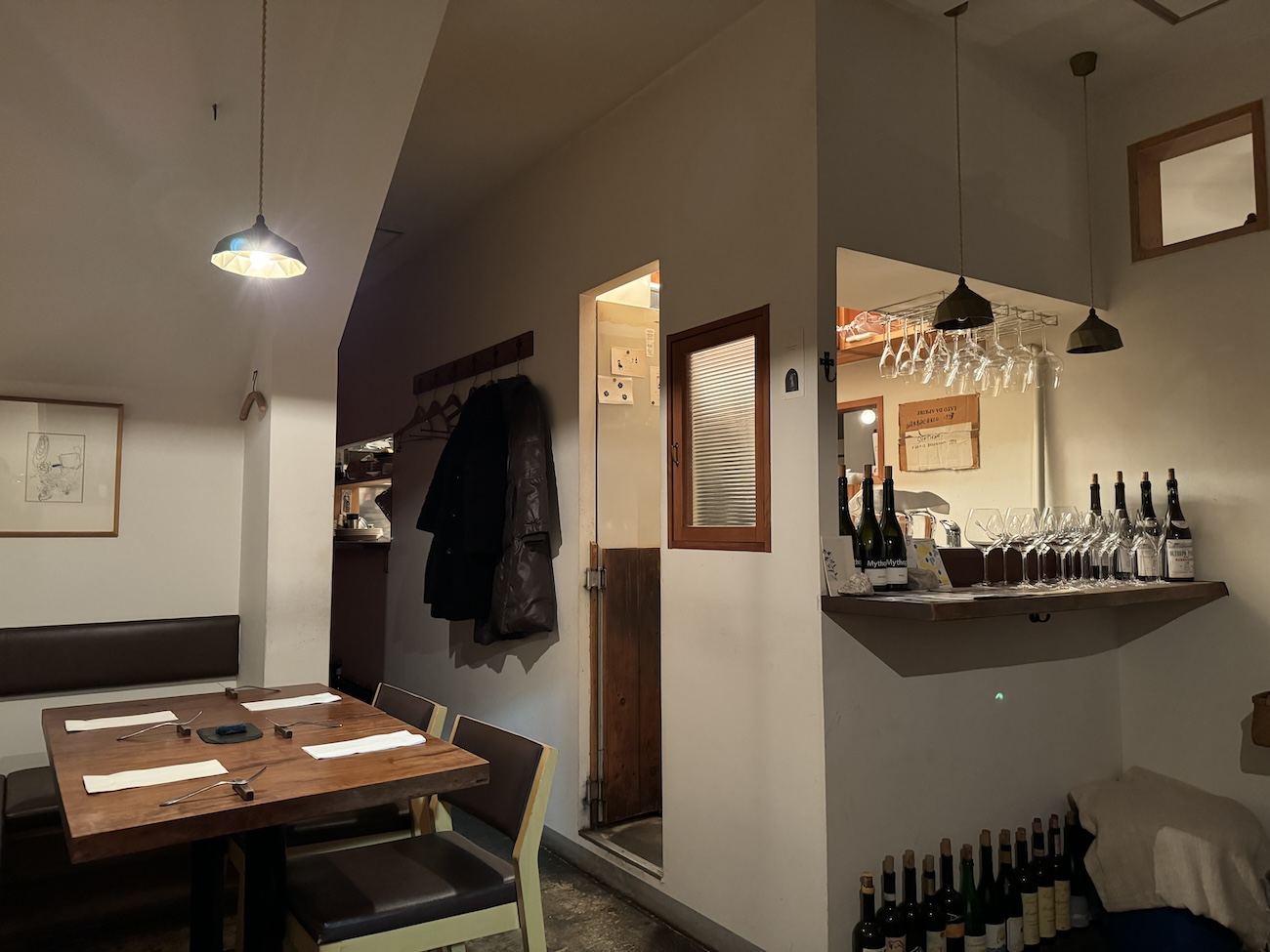
Here, Italian fare takes on a Japanese twist, with dishes characterized by simplicity in both ingredients and seasoning, akin to traditional Japanese cuisine.
Nestled in a quaint and bustling corner, this restaurant may be small, but it’s a beloved hotspot among locals and visitors alike.
Indulge in the flavors of the Tohoku region masterfully incorporated into Italian dishes. Just remember to secure your reservations ahead of time, as this gem tends to fill up quickly.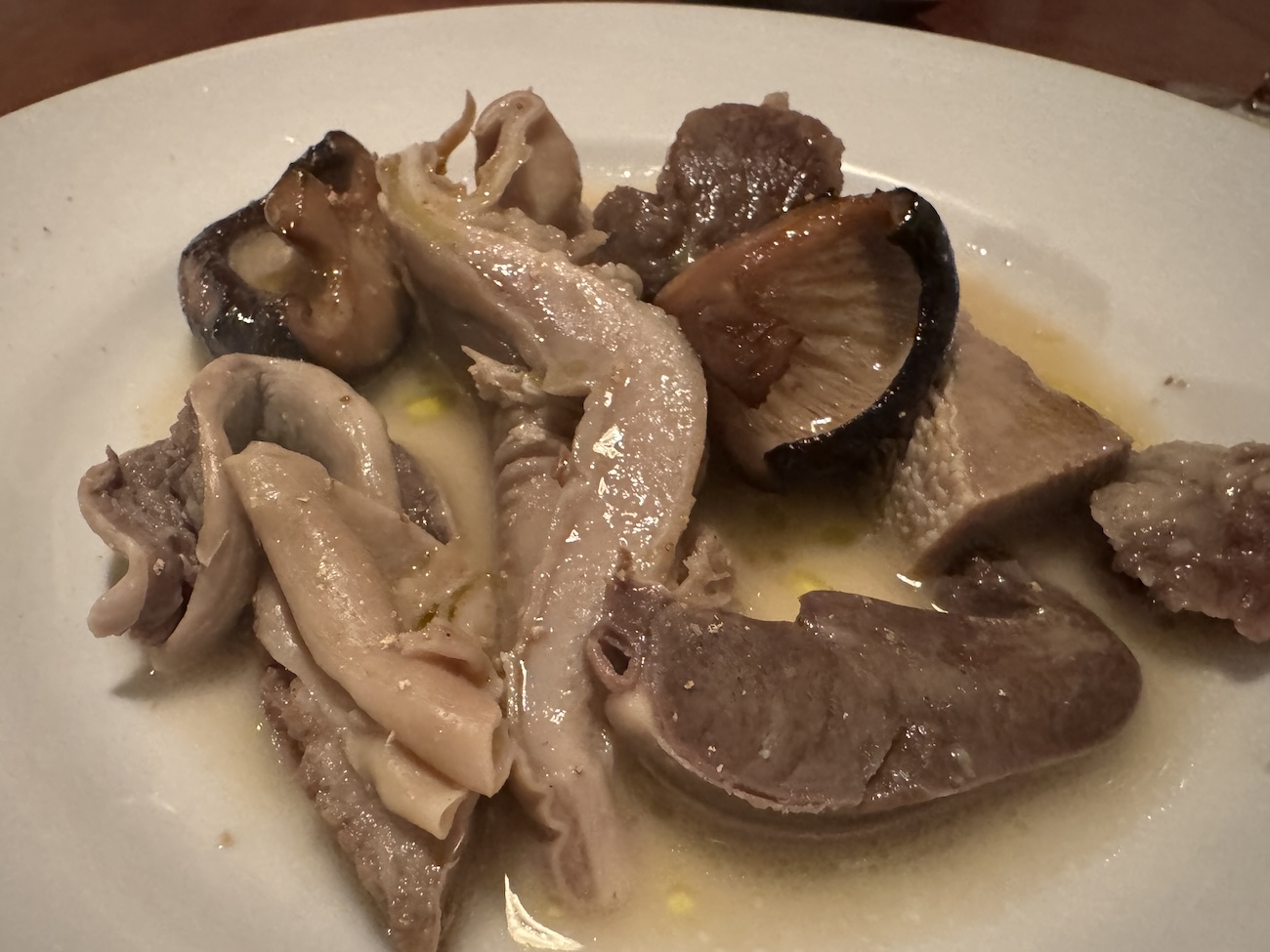
Have you caught on yet? For many Japanese travelers, the ultimate joys of exploring lie in the art of shopping and indulging in delicious cuisine!
What's Your Reaction?
Trip Planner Japan's Webmaster. love solo travel, photography, history, nature, foods, architecture, handcraft.


